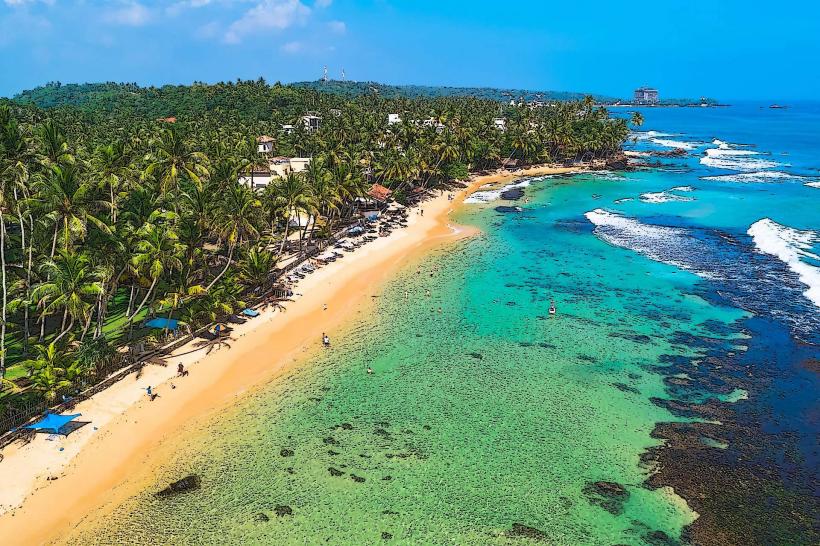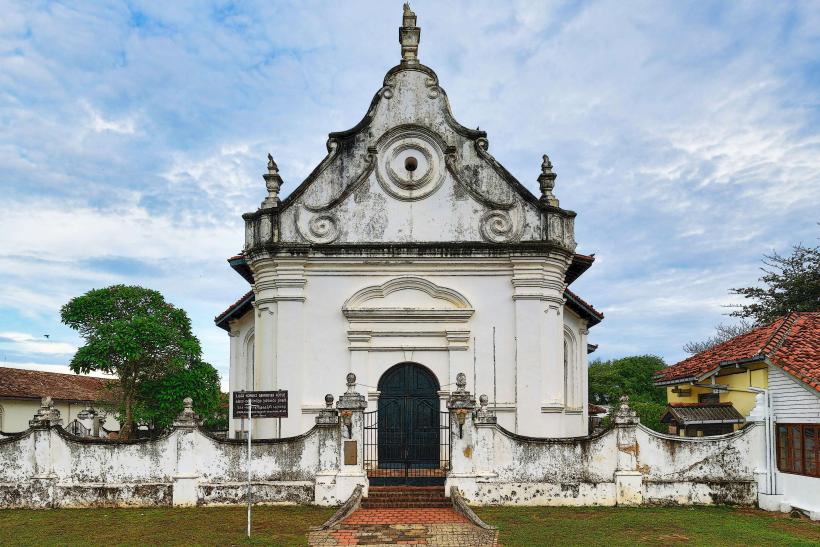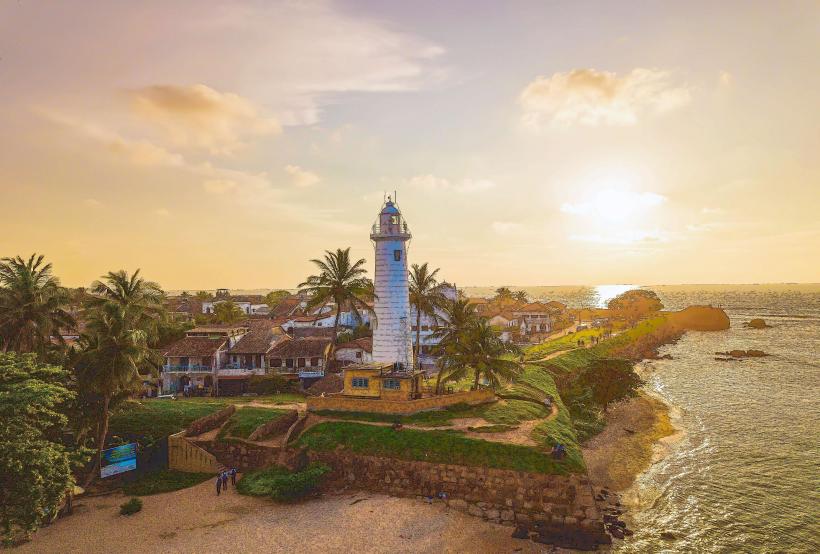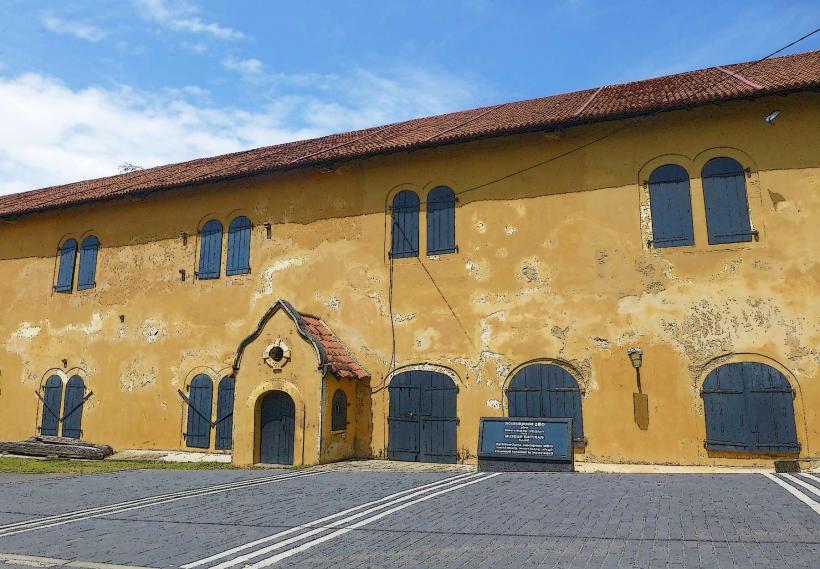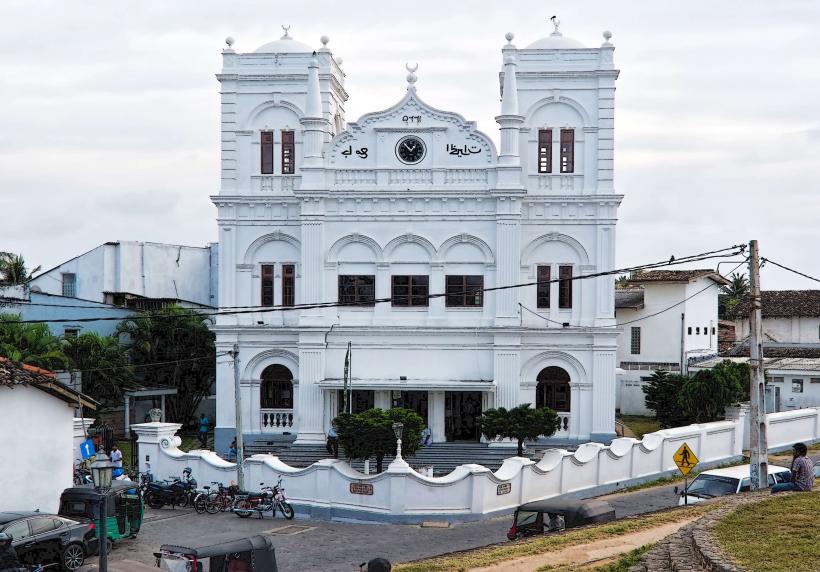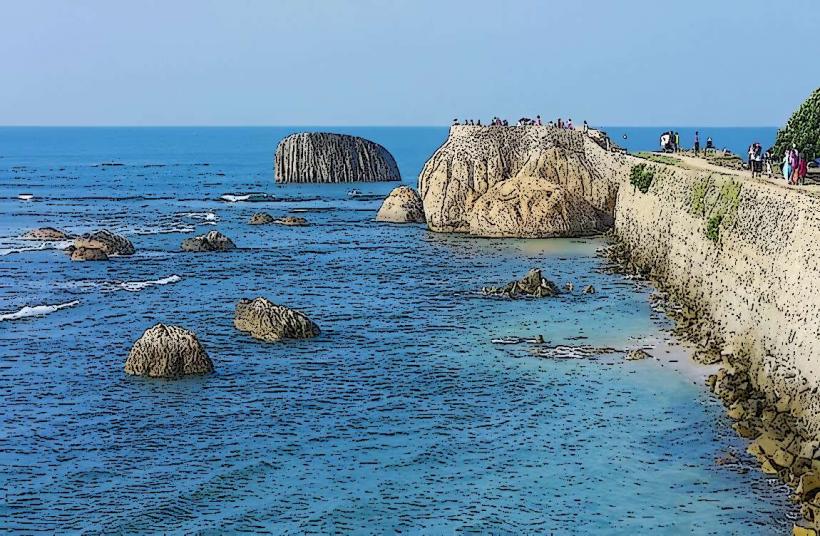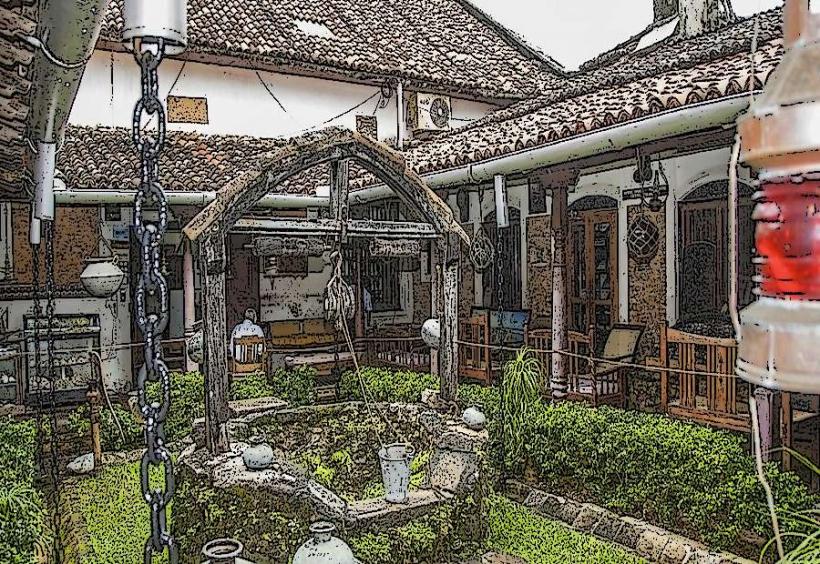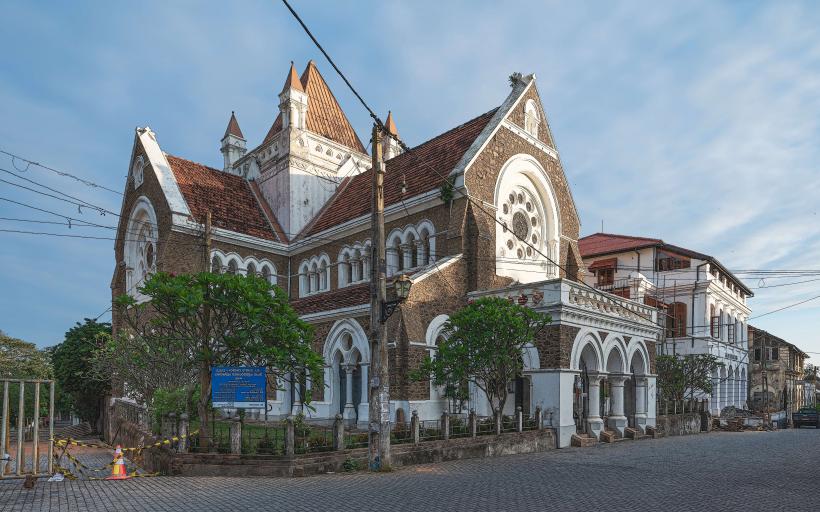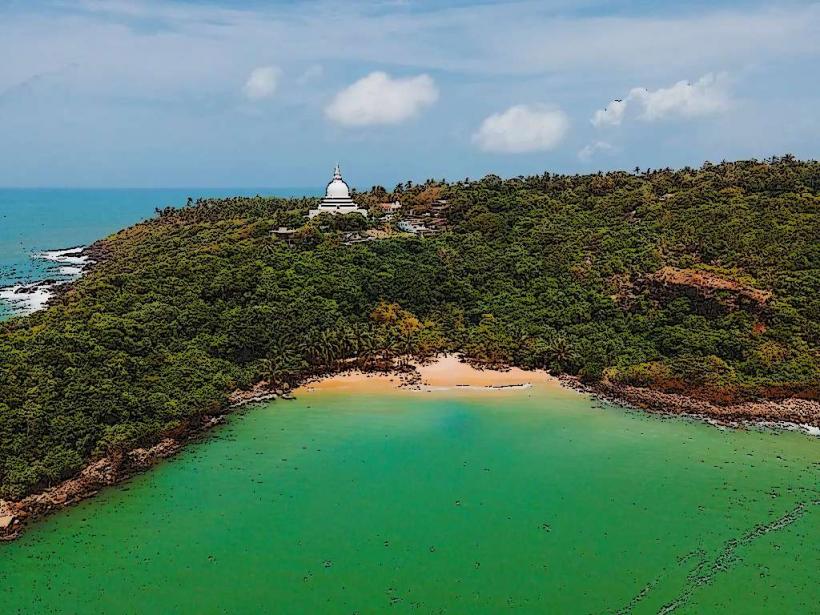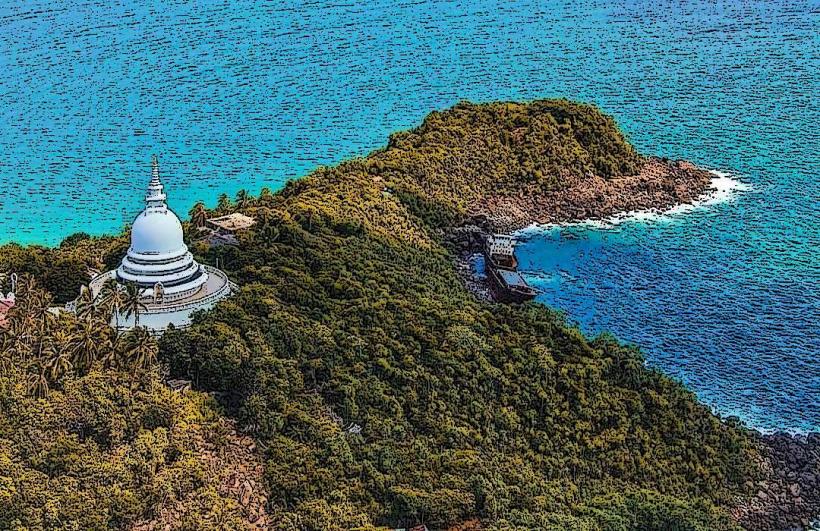Information
Landmark: Galle FortCity: Galle
Country: Sri Lanka
Continent: Asia
Galle Fort, Galle, Sri Lanka, Asia
Overview
Galle Fort, often called the Dutch Fort, stands as one of Sri Lanka’s most famous and storied landmarks, with weathered stone walls that have faced the sea for centuries, therefore in the bustling heart of Galle, this UNESCO World Heritage Site stands as a vivid reminder of the island’s colonial past, where Portuguese arches meet Dutch gables and British stone walls warmed by the afternoon sun.The fort feels like a living museum, its stone walls guarding cobblestone lanes lined with centuries-classical buildings, colorful boutiques, and bustling cultural landmarks, at the same time galle Fort, in Sri Lanka’s Southern Province, was first built by the Portuguese in 1588, then heavily fortified by the Dutch in 1649, and has stood as a UNESCO World Heritage Site since 1988, spanning about 130 acres and showcasing how a European stronghold adapted to tropical life; over the centuries, it’s seen the Portuguese lay a lone rampart with watchtowers, the Dutch raise towering stone walls and clever drainage to fend off both monsoons and enemies, and the British blend Victorian flourishes with colonial churches, leaving behind thick granite bastions like Aurora, Sun, and Moon that still face the Indian Ocean, a tall 1883 clock tower honoring local doctor Peter Daniel Anthonisz, the island’s oldest lighthouse casting its beam from Point Utrecht Bastion, the historic Dutch Hospital now buzzing with cafés and boutiques, the 1755 Groote Kerk with weathered 17th-century tombstones, the Maritime Museum inside an heritage warehouse, All Saints’ Church glowing with stained glass, and ramparts where the salt wind whips your face as you inspect out over sea and city-today, this living fort thrives with homes, art galleries, boutique hotels, and the daily rhythms of locals, expatriates, and visitors alike, maybe It weaves together preserved history and modern comfort, with cobblestone streets leading to lively cafés, unique shops, and a full calendar of cultural events, also winding cobblestone streets, sparkling painted walls, and the warm buzz of conversation make it a locale you’ll want to explore.Stroll the cobblestone lanes of Galle Fort, past sun-warmed colonial facades, art-filled galleries, and tiny shops stacked with antiques; pause for fresh crab at The Tuna & The Crab or a fragrant curry at Poonie’s Kitchen, then browse handmade jewelry, dazzling textiles, and locally grown tea before joining the buzz of the Galle Literary Festival, camera in hand to catch a turquoise door or the curve of the coast; when you’re ready for the sea, Unawatuna’s golden stretch, Jungle Beach’s quiet cove, or Hikkaduwa’s coral gardens are just a short ride away, and you can wander tea-scented paths at Handunugoda Estate; come between November and April via the Southern Expressway or train from Colombo, wear comfortable shoes for the uneven stones, linger for sunset on the ramparts, and if you can, stay the night to soak in the fort’s rare blend of history, architecture, and culture, simultaneously with its well-kept colonial streets, dazzling blue horizons, and lively present-day energy, it’s a locale you can’t miss when visiting Sri Lanka.Stroll past centuries-timeworn ramparts, taste a curry rich with spice, or just breathe in the salty air-whatever you choose, Galle Fort leaves travelers with memories they won’t forget.
Author: Tourist Landmarks
Date: 2025-09-12

